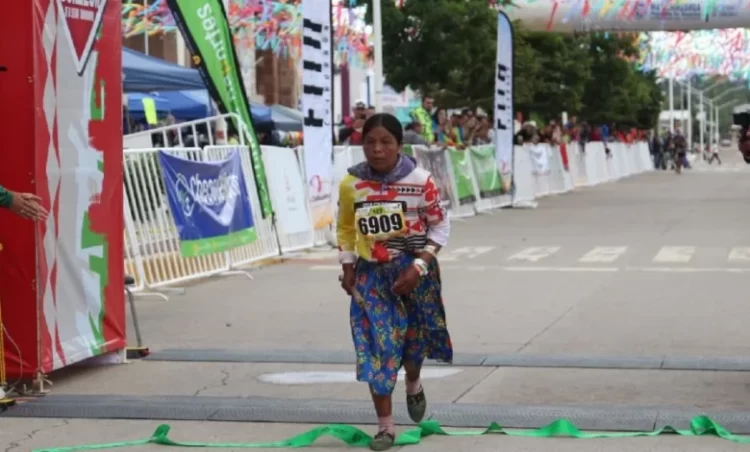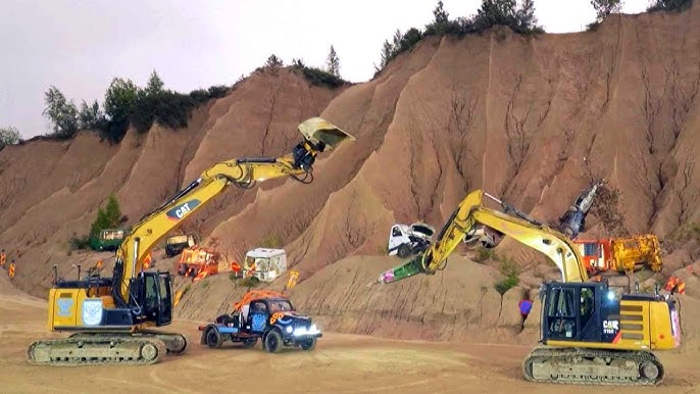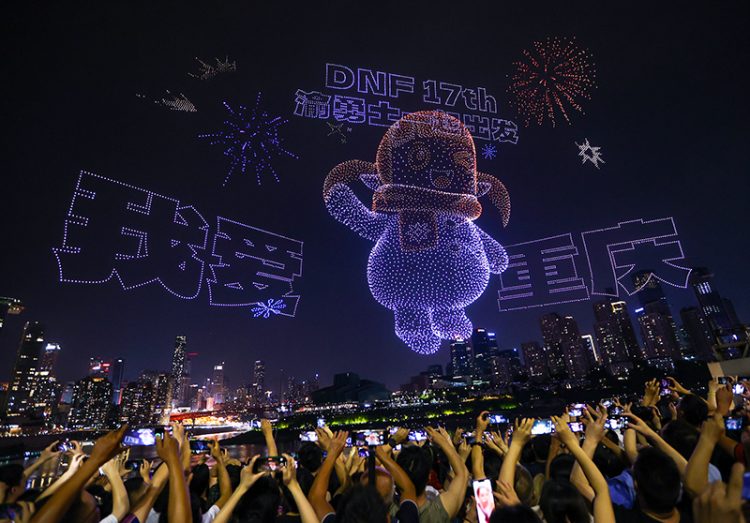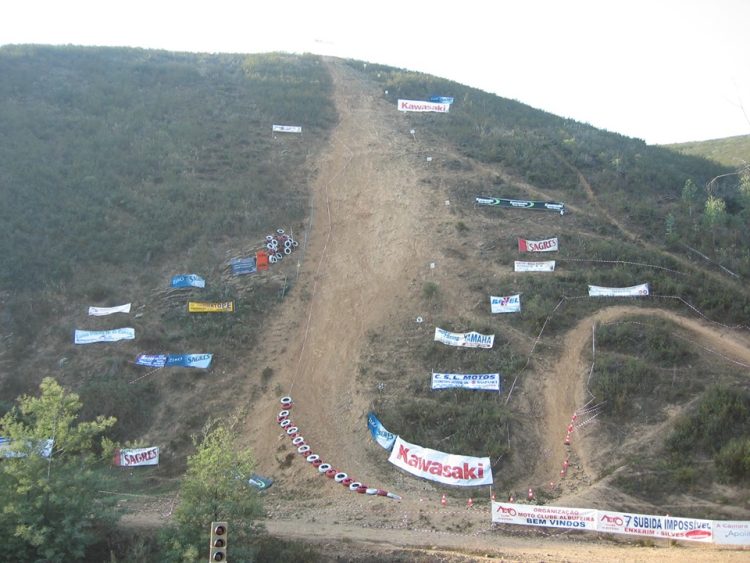Float festivals take place all around the world, but you’ll have a hard time finding intricate, illuminated works of art quite like the ones paraded in Japan.
When it comes to designing and creating colorful, eye-catching floats that illuminate the night sky, no one does it better than the Japanese. The sheer size of these mesmerizing floats is impressive enough, but most times they also feature intricate designs inspired by Japanese history, mythology and culture. From the record-setting giant floats of the Tenkū no Fuyajō festival in the city of Noshiro, to the impressive works paraded during the world-famous Tachineputa Festival of Goshogawara, there are plenty of reasons why Japan is probably the best place to visit for giant illuminated floats.
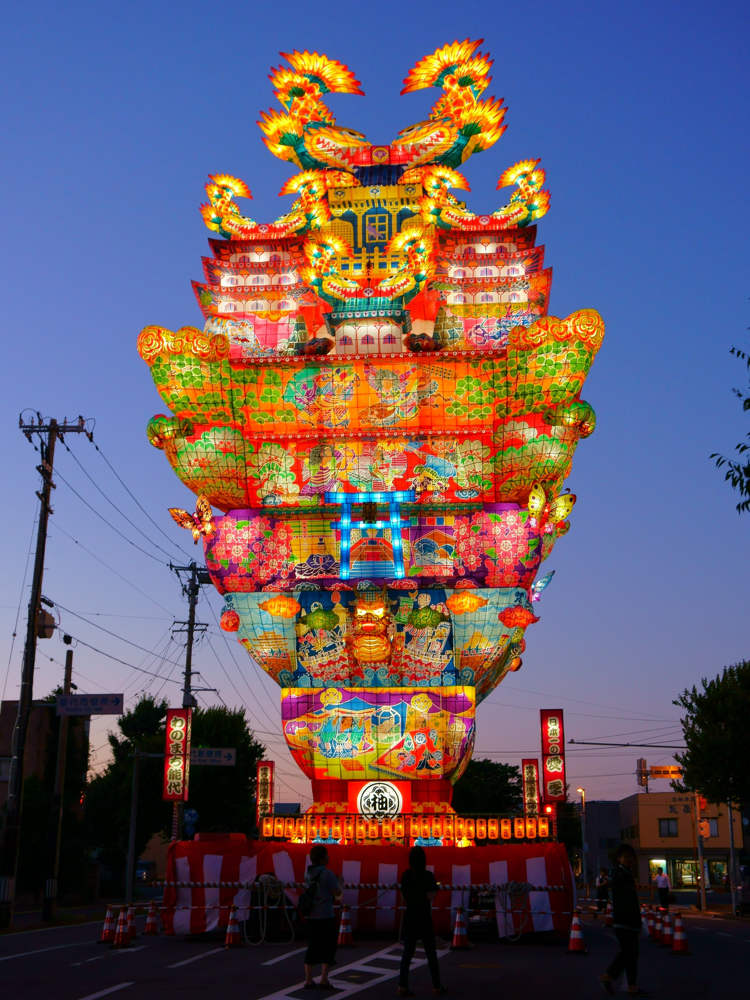
Photo: 掬茶/Wikimedia Commons
In early August, the city of Noshiro hosts the Tenku-no-Fuyajou (Lantern Castle in the Sky) festival. The festival was revived in 2013, after a very long hiatus, but the history of this unique event can be traced back over a century. It is said that a giant Nagoya Castle-shaped lantern float was built here during the Tempo era and paraded through the city all through the night, until dawn.
The lantern, known as a ‘Toro’, made yearly appearances in Noshiro, but the advent of electricity made it difficult to parade the floats because of electrical wires. The 17.6-meter-tall Toro was replaced with smaller, 7-8 meter ones, and after a while, the celebration was canceled altogether.
The burying of electrical wires in the ground once again made it possible for large illuminated floats to be paraded through Noshiro, and in 2013 local artisans teamed up to create perhaps the most impressive Toro yet – a 17.6m tall representation of the original Toro, based on historical texts and paintings. The following year, local artists managed to set a new record by creating the tallest illuminated float in Japanese history – a 24.1-meter-tall behemoth named Chikasue.
Every August both giant floats are paraded through the streets of Noshiro, alongside other smaller creations inspired by Japanese culture.
The Goshogawara Tachineputa Festival is another impressive giant float festival held annually between August 4th and August 8th in Japan’s Aomori Prefecture. Here, the floats are called ‘Tachineputa’, they stand up to 23 meters tall, and can weigh as much as 19 tonnes (around 38000 lbs).
Every year, three large Tachineputa and 12 smaller-size ones are paraded through Goshogawara, illuminating the night sky and captivating attendees.
Records of the earliest Tachineputa Festivals date back to 1907, back when the wealthiest landowners competed in creating the most impressive floats. However, two devastating fires put an end to the tradition several decades ago, but the festival was revived in 1993 and has been held regularly ever since.
Nebuta Matsuri is yet another giant float festival held every year in Japan’s Aomori Prefecture, from August 2 to 7. Local teams build allegedly spend a whole year designing and building the festival’s two dozen floats out of painted washi paper over a wire frame.
Depicting various elements of Japanese culture, from mythical creatures to historical figures, the awe-inspiring floats can be up to nine meters wide and five meters tall. Every night, the floats are paraded through the streets of downtown Aomori, accompanied by dozens of taiko drummers, flute and hand cymbals players, as well as hundreds of dancers.
Just like the two previously mentioned festivals, Nebuta Matsuri is held primarily at night, which only makes its illuminated floats seem even more impressive.


